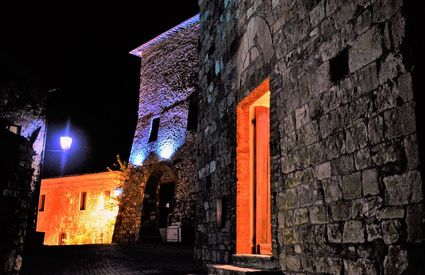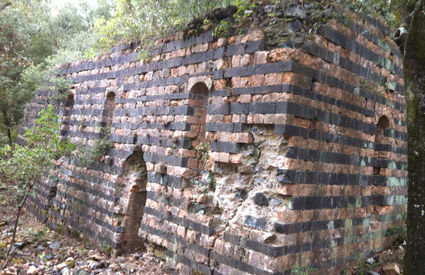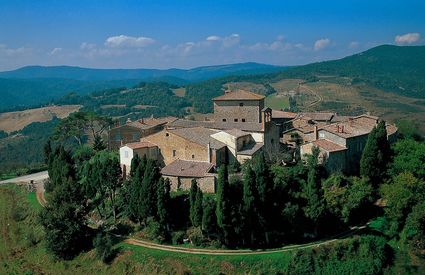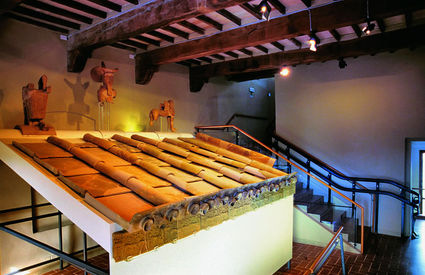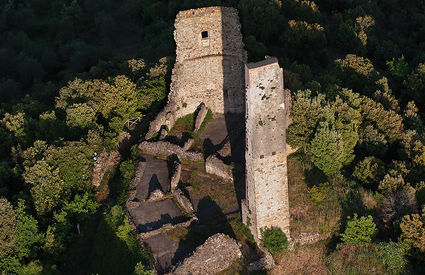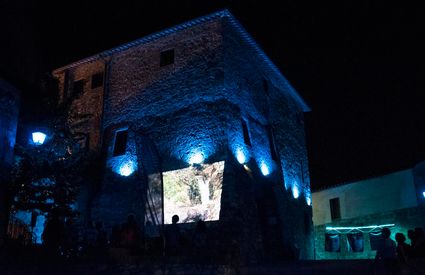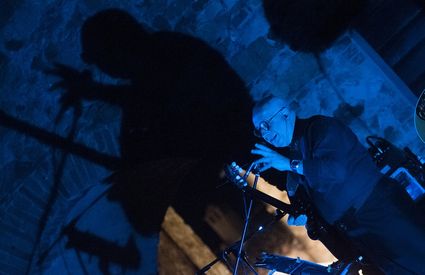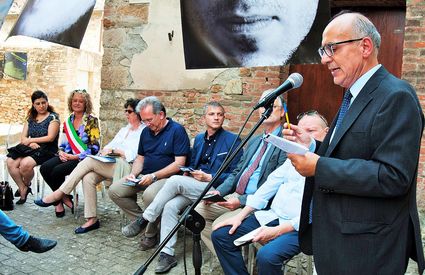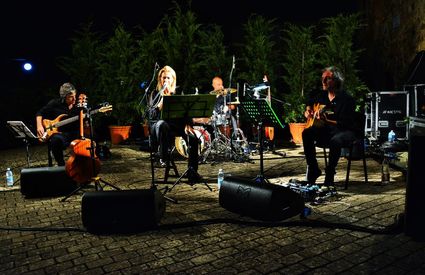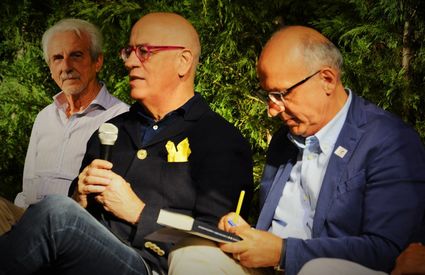Murlo
The Etruscan infinite
Everything changes; everything remains the same
The Etruscan infinite
Everything changes; everything remains the same
Contemporary Etruscans
Murlo has the ability to preserve the past and then bring it to light again in a spectacular fashion. Even the residents’ bloodstreams are the subject of studies: they’re searching the DNA and trying to determine how to link it back to the Etruscans’. When it comes to its ancient population, anyway, Murlo brought back extremely rare relics of clothing (showing their decorative systems), items left behind from everyday life and tiles that seem to have just come out of the oven.
The Antiquarium di Poggio Civitate, an extraordinary museum, even presents the roofs and their decorative system. The “acroteria” (angular plinths at the top of the temple gables) depicting priests are symbolic, and endless panels depict banquet and horseracing scenes, as if describing the Palio or the dinners in the Sienese “contrade” (historic neighborhoods): it’s a narration of the present, yet in a 3000-year-old form.
Additionally, the Medieval period really only ended at the threshold of the 19th century around here. Why? In Murlo there was a particularly clamorous continuation of a certain Signoria. It all had its roots in 1055, when the Holy Roman Emperor Henry III assigned a feud a vast territory south of Siena. Murlo remained isolated, with its own charter and a series of privileges. Because of this, even today it lacks a definitive “downtown”: the sparse settlements transformed into two main conglomerates nearby (Vescovado and Casciano), but numerous small streets and castles remain, set against woods, olive groves and vineyards. Everything has been preserved out of necessity, just like the population’s blood: parish churches and fortified structures, traces of Etruscan and Roman civilization, breathtaking landscapes and, as a bonus, biodiversity. Even the wealth of brown coal is an image of a past that’s still very much in the present, valuable as industrial archaeology.
Bluetrusco, the only festival dedicated to Etruscan culture, which takes place in the castle, is the sublimation of a specific inclination: make a contemporary show out of the past.
Bluetrusco
In the museum, inside the ancient episcopal palace, numerous relics from the civic territory are housed; among them, the dowry chests from the burial grounds of Poggio Aguzzo (7th century CE) and the materials uncovered in Poggio Civitate, the hill in front of the museum, stand out (Poggio Civitate is also one of the most important discoveries of northern Etruria). The excavations brought to light extraordinary remains of a settlement, with two different, dateable construction phases between the 6th and 7th centuries C.E. Within them is an impressive trace of past legacies: from the Crevole castle to the magnificent one of Campriano, to churches and parishes, including the remains of the Hermitage of Montespecchio.
In the countryside around Murlo, there are infinite potential itineraries to follow, through the unspoilt landscape, where flavors and agriculture with ancient roots take shape. Despite its small size, Murlo is in the middle of developing an impressive amount of cultural activities, with a recent high point being the excavations by Amherst College in Massachusetts. Together with Bluetrusco, they put on a program of events running year-roud.


